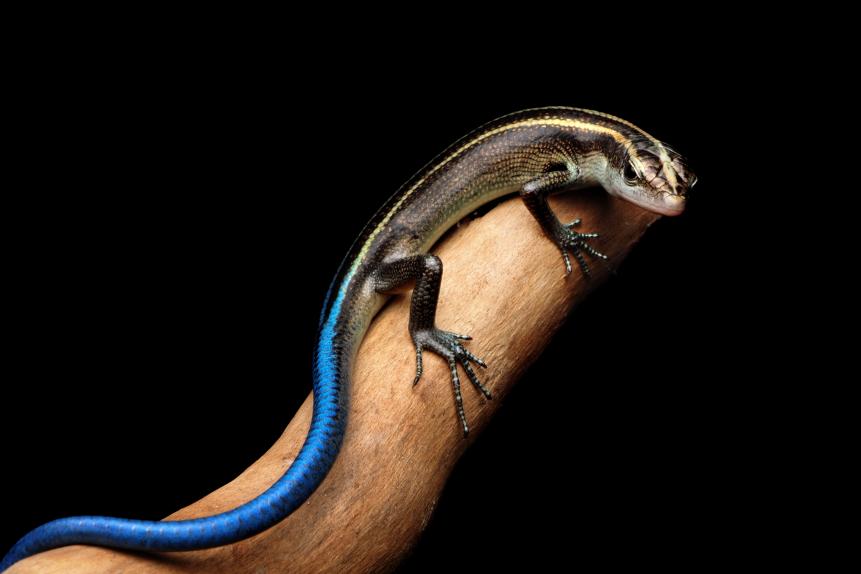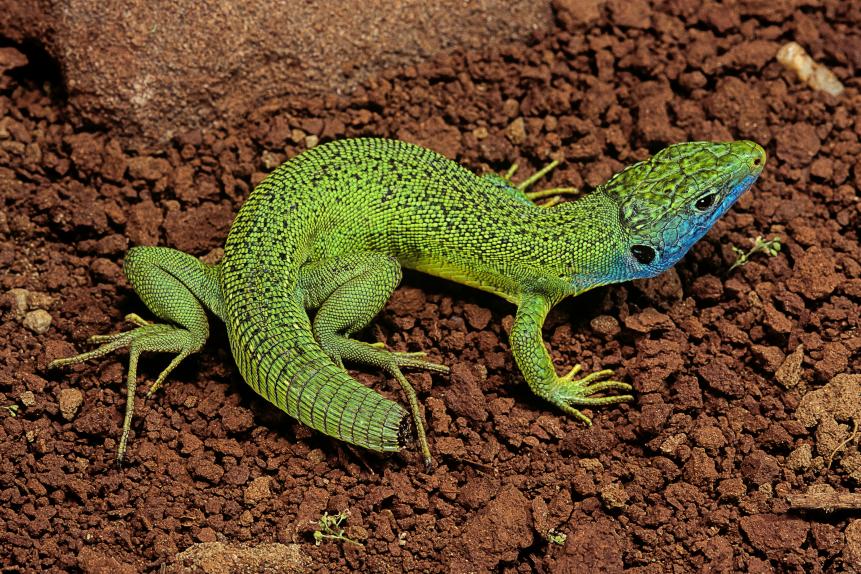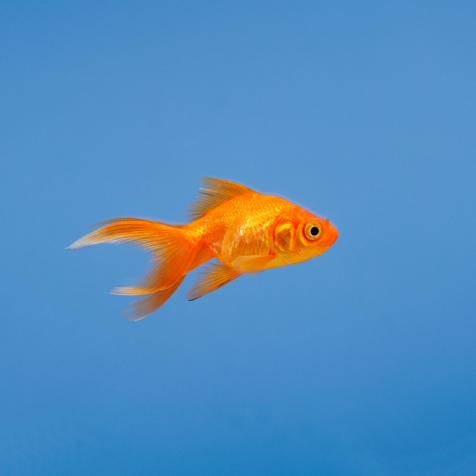
EThamPhoto
How a Lizard Loses Its Tail (and More Importantly, Keeps it Attached)
Thanks to a complex internal structure, lizards can shed a tail in a pinch… yet keep their tails attached when they need them.
Losing a tail isn’t great, but being eaten by a predator is far worse. In the animal kingdom, the autonomy of a limb, or self-amputation, is a common defense strategy. While this is a useful biological feature in many situations– how do animals prevent their detachable limbs from popping off at any minor inconvenience?
The answer lies in a hierarchical internal structure.

Ais Setiawan / EyeEm
Lizard with blue tail in Batam, Indonesia.
“It has to find the just-right amount of attachment, so it doesn’t come off easily. But it should also come off whenever it’s needed,” says Yong-Ak Song, a bioengineer at New York University. “It’s a fine balance.”
A lizard’s tail has to hang on tight enough that it doesn’t fall off from minor bumps and scrapes but can drop off in case of emergency. The internal design of a lizard tail features micropillars, prongs, and nanopores that act as a series of segments that clip into each other in rows– like plugs fitting into sockets.
The tail can break off along any of these rows, called fracture planes. This allows the lizard to decide how much of its tail it needs to sacrifice in a given situation.

Paul Starosta
Autotomy or self-amputation in a lizard.
To understand this internal structure, scientists studied lizard tails from three different species. By giving the tails a gentle tug, the team separated the limbs from the lizard bodies. Then, they studied the severed appendages under a scanning electron microscope, finding that lizards’ nanopores help with the adhesion of their tails by 1500%.
The researchers described lizards’ prong-pillar-pore structure as following the Goldilocks principle– not too tight that the lizard can’t self-amputate, but not too lose that the tail falls off on its own.
This adaption is vital to lizards’ survival. Losing a tail is a costly mechanism for a lizard– slowing its ability to run, jump, and mate… and jeopardizing its ability to avoid becoming a future predator’s lunch.












































































